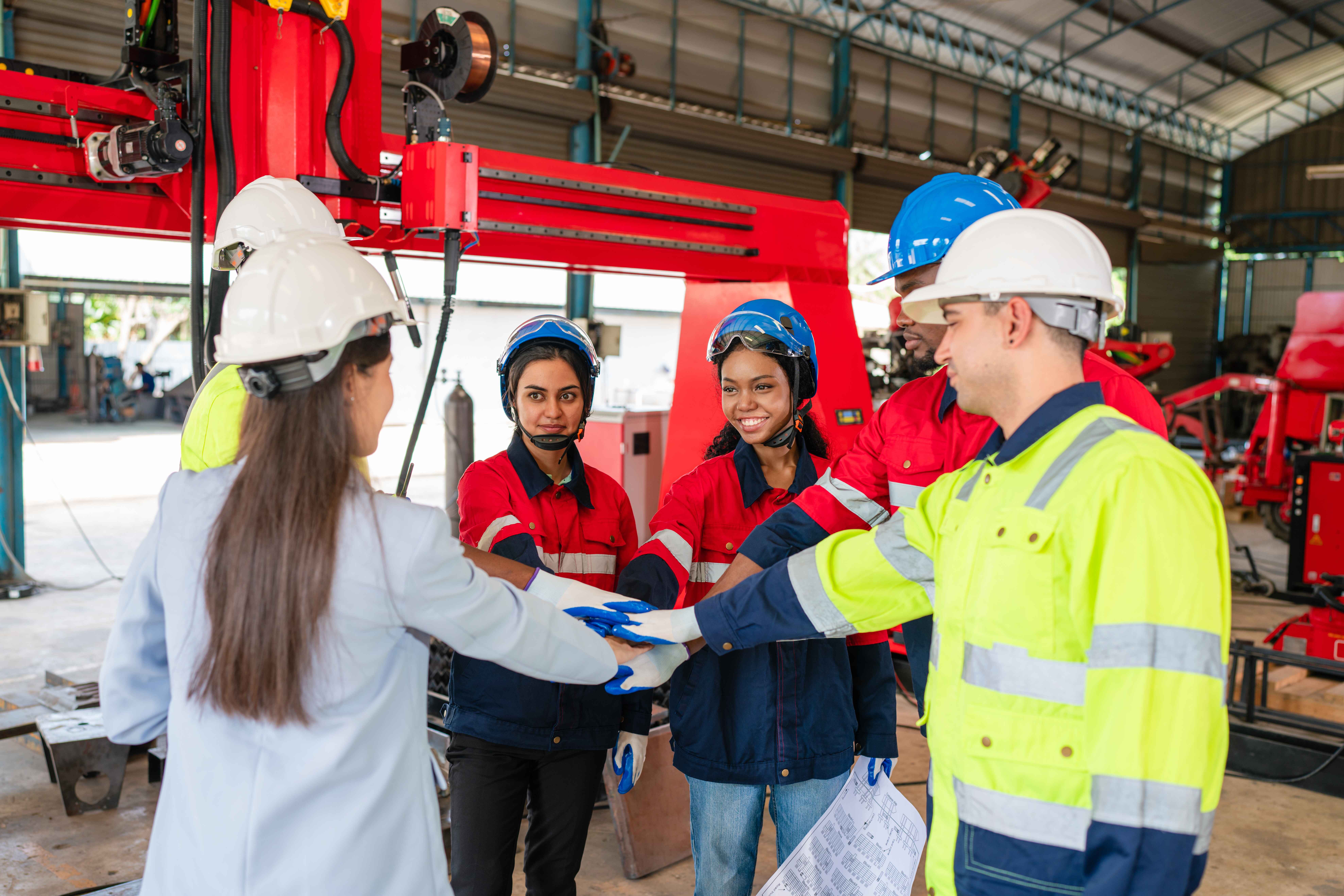Structural engineering stands at the crossroads of innovation and tradition, balancing the timeless principles of safety and stability with the dynamic forces of technological advancement and sustainability. As we look toward the future, several key trends are shaping the landscape of structural engineering, particularly in the realm of steel structures. To navigate these changes and capitalize on emerging opportunities, professionals must embrace continuous learning and specialized training. This blog delves into the future of structural engineering, highlighting pivotal trends and the evolving training needs that accompany them.
Emerging Trends in Structural Engineering
1. Integration of Advanced Materials
The quest for more efficient, durable, and sustainable structures has led to the development and adoption of advanced materials. Materials such as carbon fiber-reinforced polymers (CFRP), ultra-high-performance concrete (UHPC), and self-healing concrete are revolutionizing the field. These materials offer enhanced strength-to-weight ratios, increased longevity, and reduced maintenance needs. In the context of steel structures, the combination of traditional steel with these advanced materials can lead to more resilient and cost-effective designs.
2. Digital Transformation: BIM and Digital Twins
Building Information Modeling (BIM) has become a cornerstone of modern structural engineering, facilitating collaborative design, accurate simulations, and efficient project management. Looking ahead, the concept of Digital Twins—virtual replicas of physical structures—will enable real-time monitoring and predictive maintenance, enhancing the longevity and safety of steel structures.
3. Sustainability and Green Engineering
With the construction industry being a significant contributor to global carbon emissions, there is a strong push toward sustainable practices. The adoption of green steel production methods, such as electric arc furnaces and hydrogen-based reduction techniques, is gaining momentum. These methods not only reduce CO₂ emissions but also align with global sustainability goals, making them crucial for future steel structural engineering projects.
EOXS- Where Steel Meets Technology
4. Modular and Prefabricated Construction
Modular and prefabricated construction methods are reshaping the construction landscape by allowing components to be manufactured off-site and assembled on-site. This approach reduces construction time, minimizes waste, and enhances quality control. For steel structures, this trend necessitates a shift toward standardized designs and precision engineering.
5. Resilience to Natural Disasters
As climate change increases the frequency and severity of natural disasters, designing structures to withstand such events has become imperative. Incorporating features like base-isolated foundations and adaptive facades into steel structures can significantly enhance their resilience, ensuring safety and functionality during extreme events.
The Role of Structural Engineering Training
To effectively navigate these emerging trends, structural engineers must equip themselves with the necessary skills and knowledge. Specialized training plays a pivotal role in this process.
1. Mastery of Advanced Materials
Understanding the properties and applications of advanced materials is essential for modern structural engineers. Training programs that focus on the integration of materials like CFRP and UHPC into steel structures can provide engineers with the expertise needed to design innovative and efficient systems.
2. Proficiency in Digital Tools
The digital transformation of the industry demands proficiency in tools like BIM and simulation software. Training in these areas enables engineers to create accurate models, perform complex analyses, and collaborate effectively with multidisciplinary teams, ensuring the successful execution of projects.
3. Knowledge of Sustainable Practices
With sustainability becoming a central concern, engineers must be well-versed in green engineering practices. Training that covers sustainable materials, energy-efficient designs, and eco-friendly construction methods equips professionals to contribute to environmentally responsible projects.
4. Expertise in Modular Construction
As modular construction becomes more prevalent, engineers need to understand the principles and practices associated with this method. Training programs that focus on modular design, fabrication techniques, and logistics can prepare engineers to manage and execute modular projects effectively.
5. Focus on Disaster Resilience
Designing structures to withstand natural disasters requires specialized knowledge. Training in areas like seismic design, wind load analysis, and resilient materials ensures that engineers can create structures that prioritize safety and durability.
Krishna Education Services: Pioneering Structural Engineering Training
In India, institutions like Krishna Education Services (KES) are at the forefront of providing specialized training in structural engineering. Located in Gandhinagar, Gujarat, KES offers comprehensive programs that cover various aspects of structural engineering, including steel design, BIM, and sustainable practices. Their curriculum is designed to align with industry standards, ensuring that graduates are well-prepared to meet the challenges of modern construction projects.
Conclusion
The future of structural engineering is poised for significant transformation, driven by technological advancements, sustainability imperatives, and evolving construction methodologies. To remain competitive and effective, structural engineers must embrace continuous learning and specialized training. Institutions like Krishna Education Services play a crucial role in this journey, providing the knowledge and skills necessary to navigate the complexities of modern structural engineering. By investing in education and staying abreast of industry trends, engineers can contribute to the creation of safer, more efficient, and sustainable structures for the future.



